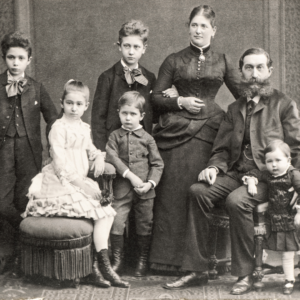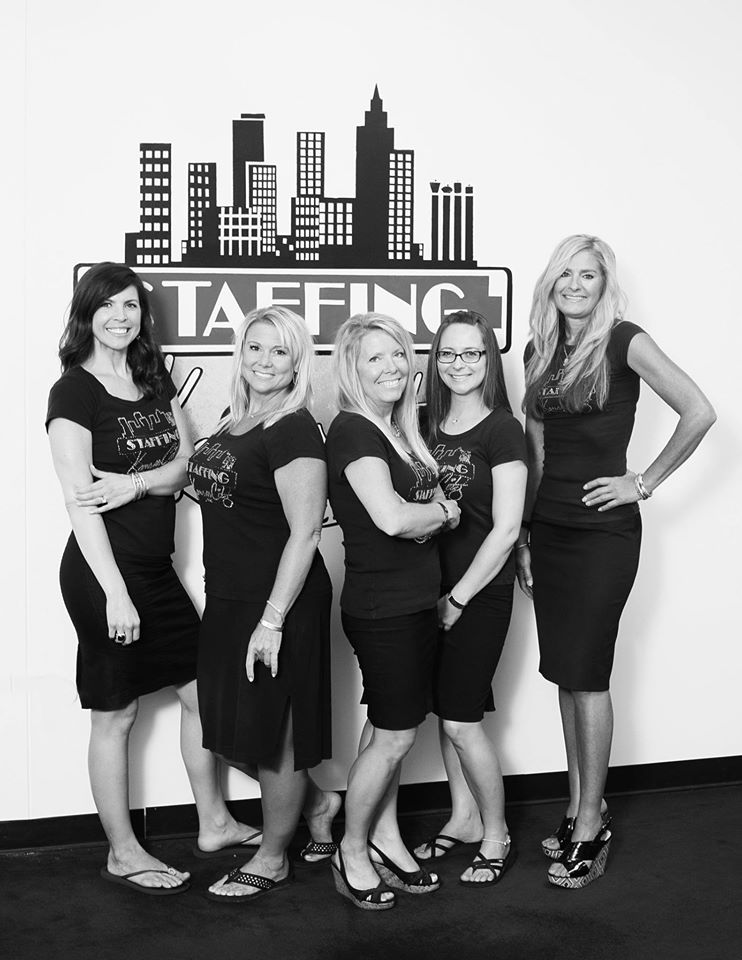
There is major change ahead for the workplace – make that 72 million potential changes – in the form of Gen Z workers. Born 1997-2012, Gen Z will make up 24% of all employees by 2025, just two short years away.
Multiple Generations
For the first time in history, there are five generations within the workforce. These include the Silent Generation or Traditionalists, Baby Boomers, Gen X, Millennials and Gen Z. As Silent Generation and Baby Boomer employees begin to retire, older demographics will become the minority and Millennials and Gen Z will become the majority.
With these groups assuming more leadership roles, it will be interesting to see how rules within the workplace will change and evolve under that new leadership. For now, the changes are starting to surface as larger numbers of Gen Z employees enter the workforce, and this is a generation who looks to do things differently.
Looking at the Differences
Technology: One of the biggest differences between Gen Z and prior generations is that they were raised on technology. Screens have been accessible since they were babies and are more common than the use of paper and pen. Technology is also known for producing a dopamine hit of newness and discovery. This is a generation who prizes exploration and who doesn’t like sitting at a desk from 9-5. Technology has also created a generation dealing with imposter syndrome because of the constant comparisons on social media.
Mentor vs Management: Gen Z prizes learning but they also want others to learn from them. This means traditional management techniques may not work well with this generation. They are looking for roles, people and organizations that help them connect with what they are passionate about. Value is highly prized and is sought after and earned as a form of respect.
Prizes Learning: With the rise of technology comes more opportunities for free or low-cost learning. This is a generation who loves to learn but being raised in a recession, they are less likely to want to go into debt for a college education. But the option for self-learning may not be valued by upper management, recruiters and human resources personnel who still want proof of learning through a degree or certification.
Flexibility Sought: Flexibility may be the No. 1 thing sought among most employees, but flexibility is defined differently by each employee and every organization. For many Gen Z employees, flexibility is more than a deviation from 9-5 hours. It’s also changing the tasks one performs within a role. This demographic seeks out new experiences, so they are less likely to stay in a job that requires the same tasks be done day after day.
Even just one of these elements holds the potential to create ripples in the current workforce and with more Gen Z joining every day, these matters will continue to grow in importance. Therefore, it’s important to understand and address what all employees want and need in the workplace. Creating a company culture that prioritizes retention will depend on it.
Contact Staffing Kansas City for assistance in screening, hiring, and retaining quality employees that fit your company culture like the many satisfied client seen here in our Testimonials, have done.

